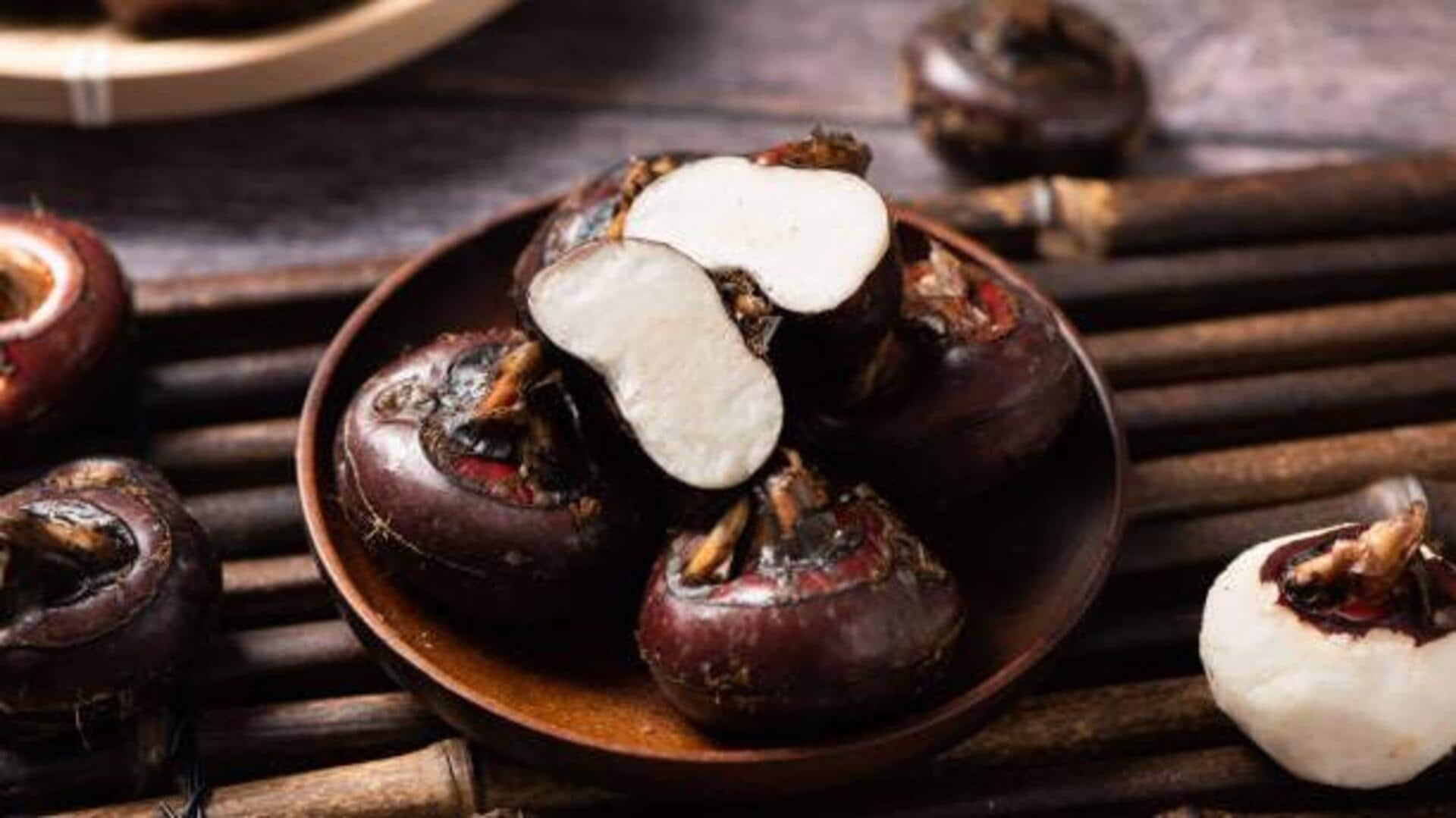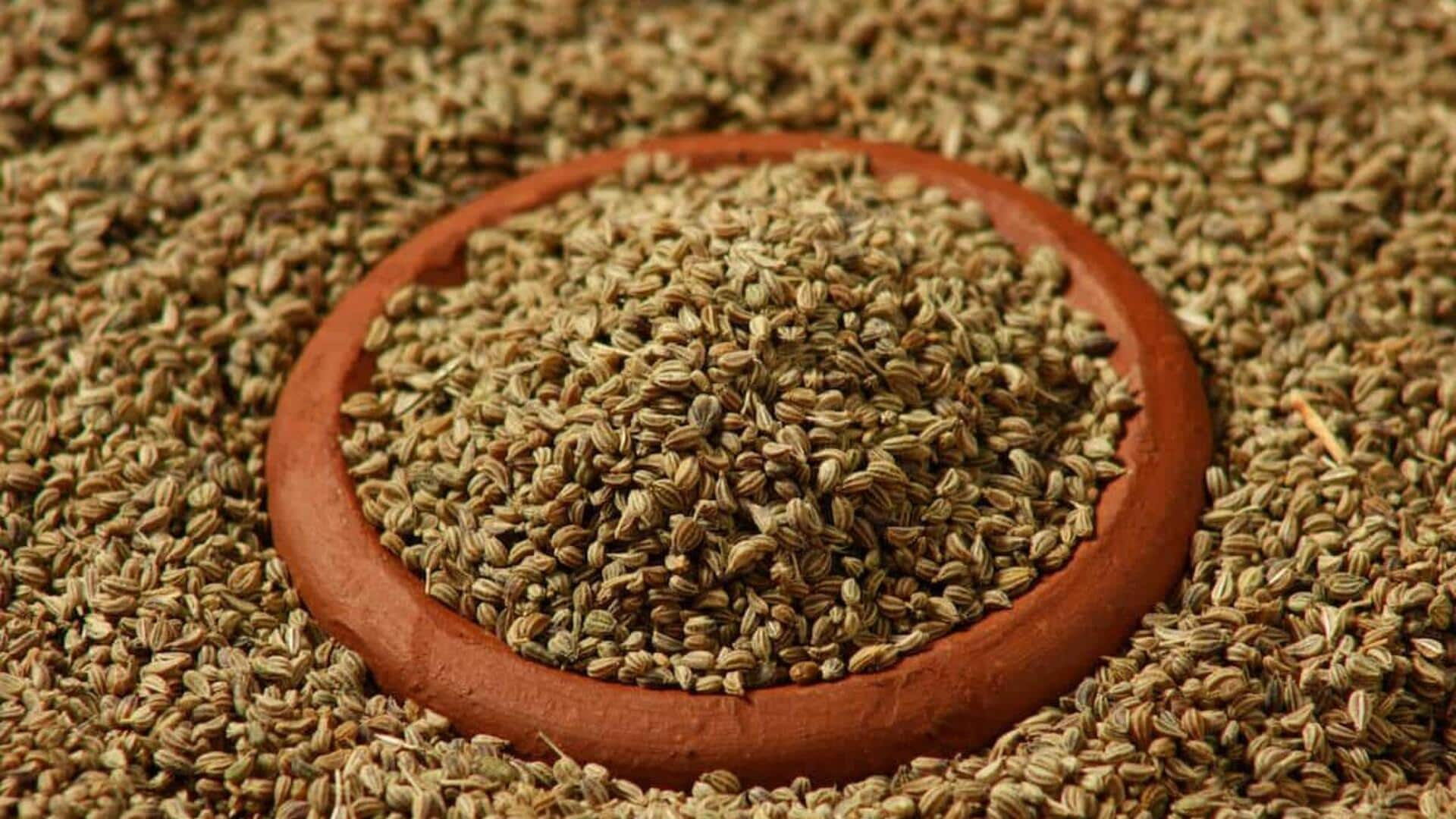Discover the art of making Paneer from scratch and elevate your cooking with freshness and flavor. Start here!
Paneer, that quintessential ingredient in so many of our favourite desi dishes, is often taken
for granted. We happily buy it from the store, chop it up, and toss it into curries, stir-fries, and even snacks, without giving much thought to where it actually comes from or what goes into making it.

But what if I told you that making paneer at home is not only surprisingly easy but also unlocks a whole new level of flavour and satisfaction in your cooking? It's time we home cooks reclaimed this culinary skill and started making paneer from scratch!
Homemade paneer offers fresher, richer taste than store-bought
The biggest advantage of homemade paneer is, without a doubt, the taste. Think about it. The paneer you buy from the market, no matter how reputable the brand, has invariably been sitting on the shelf for at least a few days.

During that time, it can lose its freshness and absorb odours from its surroundings. Homemade paneer, on the other hand, is as fresh as it gets. The flavour is noticeably cleaner, milkier, and more delicate.
It melts in your mouth, adding a richness to your dishes that you simply cannot achieve with store-bought paneer. Once you taste the difference, you'll never want to go back. The texture can also be controlled as a home cook can control the texture to be crumbly, soft or silky.
Homemade paneer offers control over ingredients & dietary preferences
Moreover, when you make paneer at home, you have complete control over the ingredients. You know exactly what's going into your food, which is especially important for those of us trying to eat healthier or avoid unnecessary additives.
Store-bought paneer can sometimes contain preservatives or other ingredients that you might not necessarily want in your diet.
If you’re particular about the type of milk you want to use such as full-fat, low-fat, or even organic, making it yourself is the only way to ensure you get exactly what you want.
You can experiment with different milks to see which yields the best flavour and texture for your particular preferences. This level of control is invaluable for those with dietary restrictions or sensitivities. The acid source is also controlled.
Making paneer at home saves money compared to store-bought
Making paneer at home is surprisingly budget-friendly. A litre of good quality milk typically yields a substantial amount of paneer, and the acid agent which is lemon juice or vinegar, are readily available and cheap.

When you consider the price of store-bought paneer, which can be quite expensive, especially the good quality stuff, making it yourself can save you a considerable amount of money over time. This is particularly true if you make paneer regularly.
Over time, you can save a significant amount of money compared to buying pre-made paneer from the store. This makes it an excellent option for families on a budget or anyone looking to cut down on their grocery bills.
Learn food science through making paneer; a skill to pass on for generations
The process of making paneer is a great lesson in food science and culinary technique. You get to understand how milk transforms into cheese, how different acids affect the process, and how to control the texture and flavour of the final product.

It's a hands-on learning experience that will make you a better cook overall. It’s also the kind of skill you can pass down to your children or grandchildren, preserving a bit of culinary heritage in your family.
Imagine teaching your kids how to make paneer, passing on a tradition and fostering a love for home cooking. These types of simple joys will bring satisfaction to the home cook.
Making paneer is easy with milk, acid, and cheesecloth
The process of making paneer is actually quite easy. All you need is milk (preferably full-fat for the best results), an acid like lemon juice or vinegar if you don't have any whey from another homemade paneer experiment, and cheesecloth (a thin cotton cloth or muslin) .
You heat the milk, add the acid to curdle the milk, separate the curds from the whey (the liquid left behind), and then press the curds to remove excess moisture. Then you have your yummy paneer. The entire process takes only about 30-45 minutes, excluding the pressing time.
Once you get the hang of it, you'll be churning out fresh, delicious paneer in no time. The basic recipe is incredibly versatile, allowing you to experiment with different variations and techniques.
Homemade paneer is versatile in various dishes
Once you start making your own paneer, you will find new ways to incorporate it in your daily meals. From paneer tikka to palak paneer, from paneer parathas to paneer bhurji, the possibilities are endless. You can even use it in desserts like paneer kheer or rasmalai.
It can also be added to sandwiches, salads, and even pasta dishes for an added protein boost. Homemade paneer also tends to have a better texture than store-bought because it so fresh.
It's soft enough to crumble easily, perfect for things like paneer bhurji or kofta, yet firm enough to hold its shape when cubed and added to curries or stir-fries. It's an ingredient that is super versatile.








